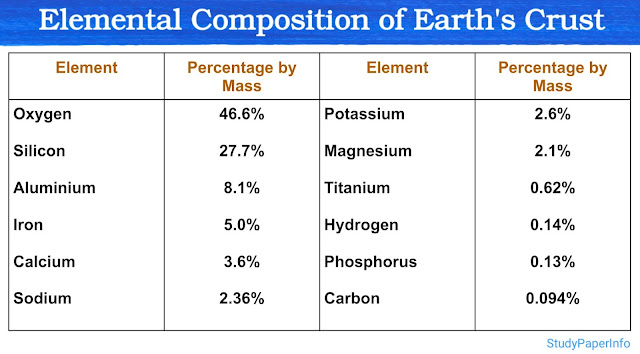Why three factor mapping is generally considered for linkage map preparation
Linkage mapping is a method used in genetics to determine the relative positions of genes on a chromosome. It is based on the principle that genes located close to each other on the same chromosome tend to be inherited together. To prepare a linkage map, geneticists rely on recombination frequencies between genes. Among various mapping techniques, three-factor mapping is the most informative and widely used when constructing linkage maps. It involves the use of three linked genes in a single cross and allows for a deeper understanding of gene arrangement and recombination patterns. It gives more detailed and accurate information than a simple two-point test cross.
Here are the key reasons why three-factor mapping is generally preferred:
1. Accurate Gene Order Detection
In two-factor crosses, we can only know whether genes are linked and how far apart they are, but we cannot determine the actual sequence or order of multiple genes. In three-factor mapping, we can clearly find the correct linear order of three genes on a chromosome by identifying the double crossover classes. This is not possible in two-point crosses, where ambiguity in gene order may remain.
2. Detection of Double Crossovers
Double crossovers are important because they give information about the gene that lies in the middle of the three. In a three-point test cross, we compare the parental and recombinant classes and identify the double crossovers, which help in locating the middle gene precisely. This improves the quality of the linkage map. Two-factor mapping often misses double crossovers, which leads to underestimation of distances.
3. Measurement of Interference and Coincidence
Only in three-point crosses can we calculate the coefficient of coincidence (COC) and interference (I). These values show how much one crossover can affect the occurrence of another in nearby regions. This gives deeper insight into the behavior of recombination and chromosome structure. Two-point crosses do not allow this type of analysis.
4. More Reliable Genetic Distances
Three-factor crosses give more reliable and refined distances between genes because they involve more recombination classes (single and double crossovers). This helps in constructing a more accurate linkage map, especially when genes are close together. In two-point mapping, recombination frequency can become less reliable due to undetected multiple crossovers.
5. Simultaneous Study of Multiple Genes
Three-point test crosses allow geneticists to analyze three genes at once, saving time and effort. This is efficient compared to doing several two-point crosses between each pair. It also minimizes experimental errors and provides consistent results across one data set.


Comments
Post a Comment